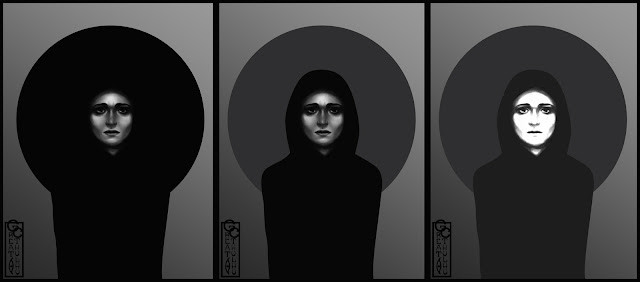Bayside Suburb of St Kida Melbourne 3182
St Kilda
(3182, 6 km S, Port Phillip City)
About 10 km2 in area, St Kilda was proclaimed a municipal district in 1855, a borough in 1863 and a city in 1890. It stretches south through Elwood to Brighton, and east through Balaclava, East St Kilda and Ripponlea, to border Caulfield. The Aboriginal name for the locality was Euro Goroke, referring to a local stone used to sharpen weapons. Initially called Fareham in an 1842 survey, the locality was officially named St Kilda after the schooner Lady of St Kilda, which in turn was named after an island off Scotland.
Elevation and a bayside position made St Kilda an exclusive suburban retreat virtually from the time of European settlement. The arrival of the railway in 1857 made it easily accessible to the city, and from the 1860s East St Kilda and St Kilda Hill were home to some of Melbourne's wealthiest and most prominent citizens, including Mars Buckley, of Buckley & Nunn, and Henry Gurner, later Victoria's Crown solicitor.
Visual artists and writers have long been associated with St Kilda. Martin Boyd celebrated 19th-century East St Kilda life in his 'Langton' series, while Fergus Hume's 1886 novel The mystery of a hansom cab is partly set in Grey Street. St Kilda is also a principal centre of Jewish residence in Melbourne. Some of its earliest residents included prominent Jews, including the tanner Moritz Michaelis, whose residence Linden still stands in Acland Street, and Nathaniel Levi, the first Jew to be elected to the Victorian Legislative Assembly. From the 1930s St Kilda and Elwood became havens for refugees from Hitler, and favoured locations for other Jews moving south from Carlton.
In 1853 William Kenney opened a bathing ship, which along with the pier became one of St Kilda's major tourist attractions. But it was the coming of cable trams in 1888 that really transformed the area into the pleasure zone of the metropolis. In 1906 this role was highlighted by Carlo Catani, who redesigned the foreshore along the lines of a Mediterranean resort. In 1912 the entertainment entrepreneurs of the Greater J.D. Williams Co. opened Luna Park. For decades the American Phillips brothers ran it, along with the Palais de Danse next door. From 1915 they screened moving pictures at the Palais Theatre, which was destroyed by fire and rebuilt in its present form in 1926. With pleasure came vice, and prostitution has been a noted feature of St Kilda life since at least the 1890s. St Kilda peaked as a pleasure resort during World War II, when it was frequented by American soldiers and their consorts. The local artist Albert Tucker painted a jaundiced version of this in his 'Images of modern evil' series.

St Kilda has long been the most densely built and populated area of Melbourne. From the 1890s many of its large houses were turned into boarding houses, and early in the new century numerous flats and residential hotels were built. One of the most famous hotels was the George (1889), built by Frederick Wimpole in Fitzroy Street opposite the railway station. Once grand, its gradual decline in the 20th century was captured by a former manager, the writer Hal Porter, in his Paper chase (1966). Today it is a complex of upmarket cafés, restaurants and apartments.

After World War II St Kilda became a diverse cosmopolitan area, known for its nightlife, cafés and cake shops, the latter centred on Acland Street. In 1965 the St Kilda Football Club left its home for Moorabbin and immediately won its first and only AFL Grand Final. Two years later the Melbourne and Metropolitan Board of Works drove a wedge between east and west when it redeveloped St Kilda Junction and High Street into multi-lane highways connecting St Kilda Road with Brighton Road.



The 1980s and 1990s saw St Kilda again become a sought-after address. Gentrification transformed the area, bringing in new residents and services, but it also forced the closure of numerous boarding houses and led to the loss of much low-cost accommodation. In 1994 St Kilda was merged, along with Port Melbourne and South Melbourne, into the new City of Port Phillip.













































































































































































Comments
Post a Comment